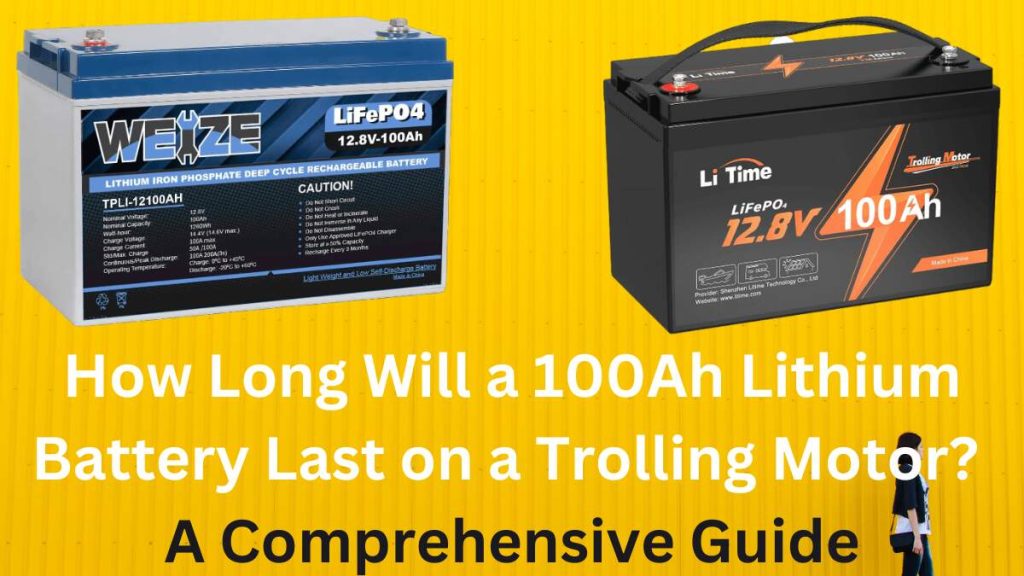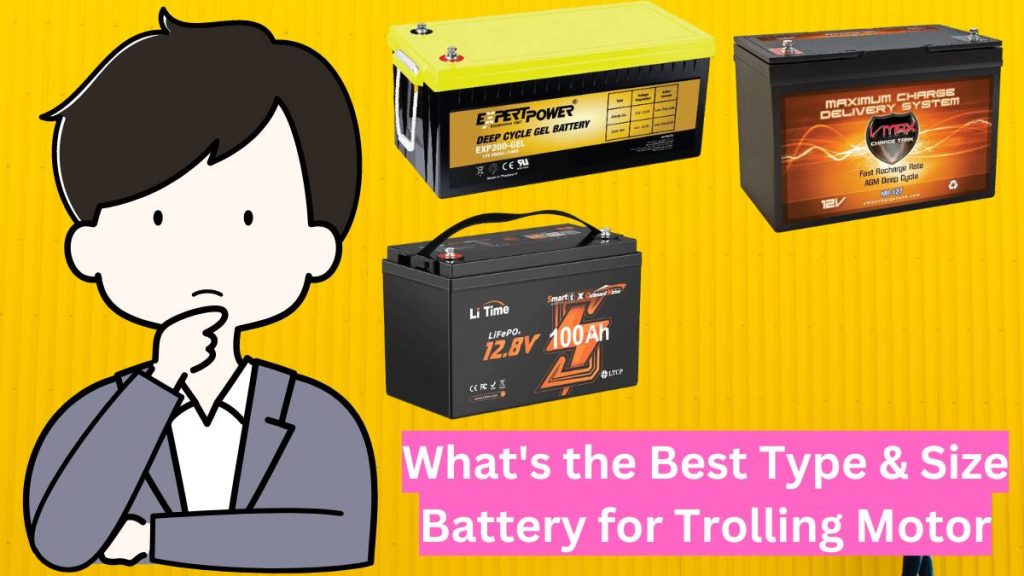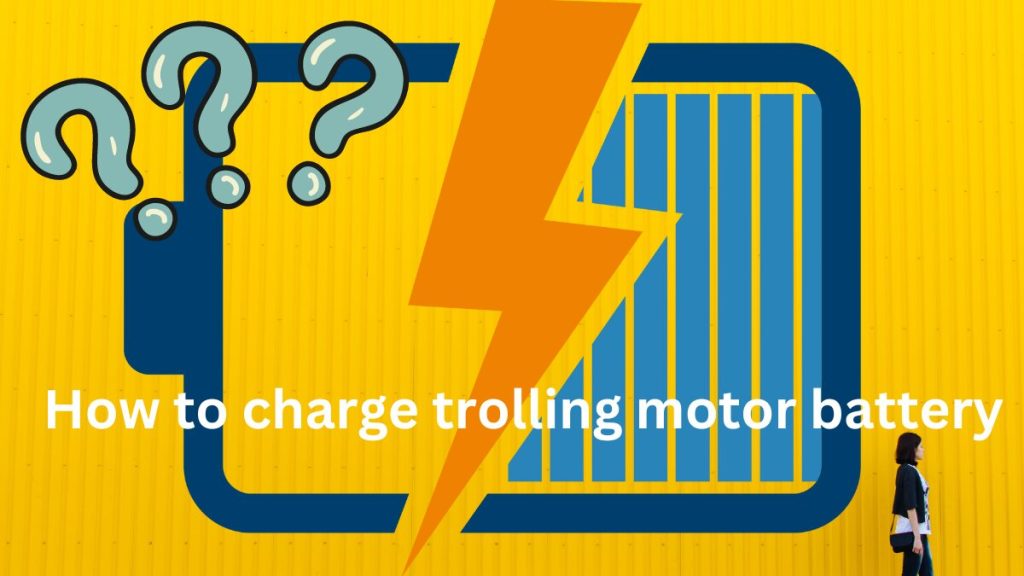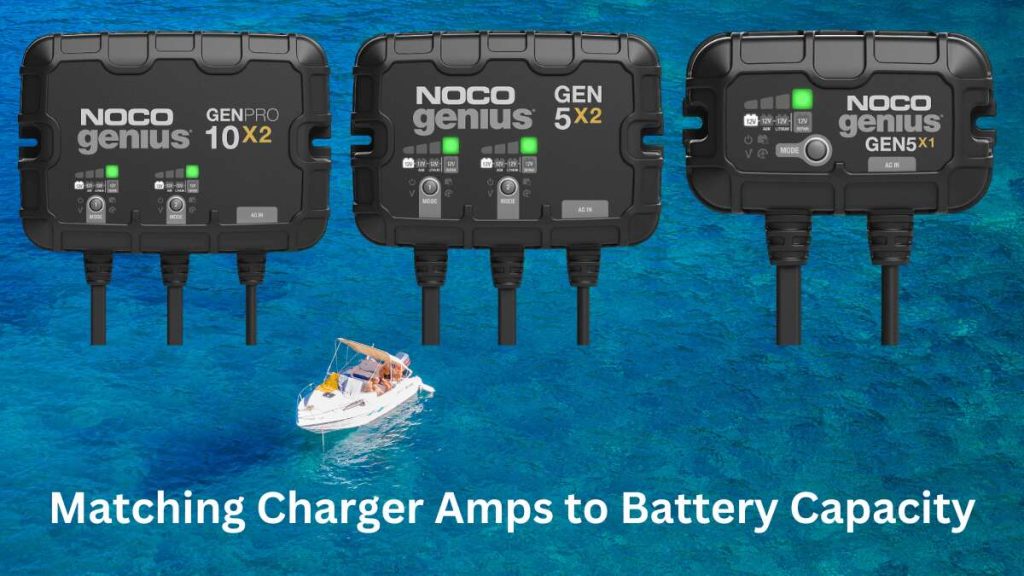When you’re out on the water, the last thing you want is for your trolling motor to die on you, leaving you stranded or cutting your fishing trip short. A common question many boaters and anglers ask is: How long will a 100Ah lithium battery last on a trolling motor? Well, the answer to that question depends on several factors, including the motor’s power setting, the type of trolling motor you’re using, and even the conditions on the water. But let’s break it down so you can get a clearer idea of what to expect.
how long will a 100ah lithium battery last on trolling motor
Imagine you’re gliding through the water on a calm day, with the sun shining down and your trolling motor quietly propelling your boat. The last thing you want to worry about is your battery giving up on you. Thankfully, lithium batteries are known for their efficiency and longevity compared to traditional lead-acid batteries, but even they have their limits. Knowing how long your 100Ah lithium battery will last depends on understanding how much power your motor is pulling from the battery. For instance, if your trolling motor is set to lower speeds, your battery will last longer, but if you’re running it at full throttle, expect the battery life to decrease significantly.
In this article, we’ll dive deep into the key factors that determine battery life, offering you a comprehensive guide so you can plan your trips with confidence. Whether you’re a weekend warrior or a daily angler, understanding the relationship between your trolling motor and battery capacity is crucial for maximizing your time on the water. So, how long will a 100Ah lithium battery last on a trolling motor? Let’s find out.
The Importance of Battery Life for Trolling Motors
A trolling motor’s battery life is a critical factor in determining its overall performance and efficiency. A battery with a long lifespan allows you to spend more time on the water without having to worry about running out of power. This is especially important for anglers who enjoy fishing in remote areas or for extended periods. A reliable battery can also help to prevent safety issues, such as becoming stranded in the middle of a lake or river.
Overview of Lithium Batteries in Marine Applications
Lithium batteries have become increasingly popular in marine applications due to their superior performance compared to traditional lead-acid batteries. These batteries offer several advantages, including higher energy density, faster charging times, lighter weight, longer lifespans, and a more environmentally friendly profile.
One of the most common questions anglers ask is, “How long will a 100Ah lithium battery last on a trolling motor?” The answer to this question depends on several factors, such as the power of the trolling motor, the speed and load it is operating under, the water conditions, and the efficiency of the battery itself. However, a 100Ah lithium battery can generally provide several hours of runtime for a typical trolling motor.
By understanding the importance of battery life and the benefits of lithium batteries, anglers can make informed decisions about their equipment and enjoy more productive and enjoyable fishing experiences.

Understanding Battery Capacity: Amp-Hours (Ah) and Its Role in Battery Life
Amp-hours (Ah) are a unit of electrical charge that measure a battery’s capacity. Essentially, it represents the amount of current a battery can deliver over a specific period. A higher Ah rating indicates a larger battery capable of providing more power for a longer duration.
The Role of Ah in Battery Life
The Ah rating of a battery is a key factor in determining its lifespan. A battery with a higher Ah rating can typically operate for a longer time before needing to be recharged. This is particularly important for applications like trolling motors, where extended runtime is essential.
Comparison Between Lithium and Lead-Acid Batteries
Lithium batteries and lead-acid batteries are the two primary types used in marine applications. While both have their advantages, there are significant differences in their Ah ratings and overall performance:
- Ah Ratings: Lithium batteries generally have higher Ah ratings per pound compared to lead-acid batteries. This means they can store more energy in a smaller space, making them ideal for applications where weight and space are limited.
- Discharge Rate: Lithium batteries can handle higher discharge rates, meaning they can deliver more power more quickly. This is beneficial for trolling motors that require sudden bursts of power.
- Cycle Life: Lithium batteries typically have a longer cycle life, meaning they can be recharged more times before their capacity begins to degrade. This is especially important for applications where frequent charging and discharging are necessary.
- Self-Discharge: Lithium batteries have a lower self-discharge rate, meaning they lose less charge over time when not in use. This can be advantageous for storing batteries for extended periods.
Understanding battery capacity and the differences between lithium and lead-acid batteries is essential for selecting the right battery for your trolling motor. By considering factors such as Ah rating, discharge rate, cycle life, and self-discharge, you can choose a battery that meets your specific needs and provides reliable performance.
Factors Affecting Battery Life in Trolling Motors
The lifespan of a trolling motor battery, such as a 100Ah lithium battery, is influenced by several factors. These include:

Load on the Motor:
The speed and thrust settings of the trolling motor directly impact battery consumption. Higher speeds and greater thrust require more power, leading to faster battery drain. For instance, when fishing in fast-moving currents, the motor may need to work harder to maintain position, consuming more energy. Similarly, using a higher thrust setting to overcome heavy weeds or obstacles will also drain the battery more quickly.
Water Conditions:
Calm waters generally result in lower battery usage compared to rough waters. Waves and currents can increase the strain on the motor, requiring more power to maintain position. In rough waters, the motor may need to work harder to counteract the forces of the waves, leading to increased battery consumption. Additionally, strong currents can create drag on the boat, requiring the motor to exert more force to move forward.
Weather Impact:
Extreme temperatures, both hot and cold, can affect battery performance. High temperatures can reduce battery capacity and lifespan, while cold temperatures can slow down chemical reactions within the battery, leading to decreased performance. In hot weather, the battery may experience increased internal resistance, which can reduce its efficiency and shorten its lifespan. Conversely, cold weather can affect the battery’s ability to deliver its full capacity, leading to reduced runtime.
Trolling Motor Efficiency:
The efficiency of the trolling motor itself plays a significant role in battery consumption. A more efficient motor will use less power to produce the same amount of thrust, extending battery life. Factors such as motor design, manufacturing quality, and maintenance practices can influence a motor’s efficiency. A well-maintained and efficient motor will be more energy-efficient, resulting in longer battery life.
Boat Size and Weight:
A larger or heavier boat will require more power from the trolling motor to move through the water. This increased load can lead to faster battery depletion. The size and weight of the boat, as well as its hull design, can affect the resistance it encounters in the water. A larger or heavier boat will require more power to overcome this resistance, leading to increased battery consumption. Additionally, boats with inefficient hulls may experience greater drag, further increasing the load on the trolling motor.
How Trolling Motor Settings Impact Battery Life
The settings on a trolling motor can significantly affect its power consumption and, consequently, the battery life. Understanding how these settings impact battery life is crucial for maximizing the runtime of a 100Ah lithium battery.

Effect of Speed Settings on Power Consumption
One of the primary factors influencing battery life is the speed setting on the trolling motor. Higher speed settings require the motor to work harder, consuming more power. This is because the motor needs to overcome greater resistance from the water at higher speeds. As a result, using a higher speed setting will generally lead to faster battery depletion. However, it is important to note that the specific impact of speed settings on battery life can vary depending on other factors, such as the size of the boat, the water conditions, and the efficiency of the trolling motor itself.
Variable Thrust and Its Battery Drain Rate
Another important factor to consider is the variable thrust setting on the trolling motor. Variable thrust allows you to adjust the amount of power the motor delivers. Higher thrust settings require more power, leading to increased battery consumption. When fishing in challenging conditions, such as strong currents or heavy weeds, you may need to use a higher thrust setting to maintain control of the boat. However, it is important to use the lowest thrust setting necessary to achieve your desired speed and maintain position. By using the appropriate thrust setting, you can help to conserve battery power and extend the battery’s lifespan.
Power Usage in Different Water Types: Fresh vs. Saltwater
The type of water you are fishing in can also impact battery consumption. Saltwater is denser than freshwater, which means it offers greater resistance to the boat. This increased resistance requires the trolling motor to work harder, consuming more power. As a result, you may experience slightly faster battery drain when fishing in saltwater compared to freshwater. However, the specific impact of water type on battery life can vary depending on other factors, such as the salinity of the saltwater and the efficiency of the trolling motor.
The Role of Voltage in Battery Longevity
Voltage is a crucial factor in determining the performance and longevity of a trolling motor battery, such as a 100Ah lithium battery. It directly affects the power output of the motor, which in turn influences battery consumption and overall battery life.
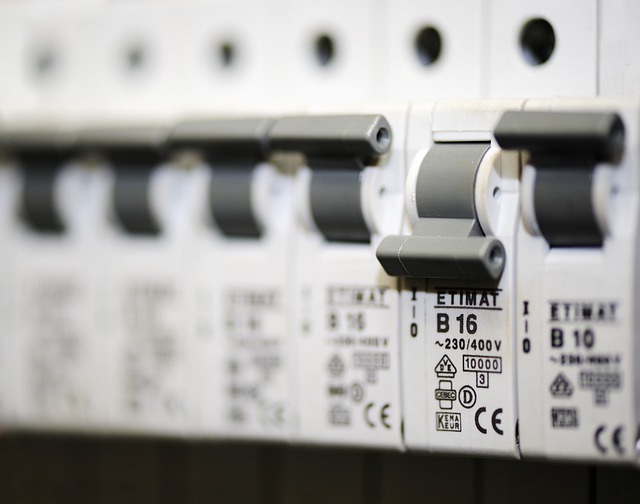
How Voltage Influences Performance
Higher voltage systems generally provide more power and torque, allowing the trolling motor to operate at higher speeds and overcome greater resistance. This can be particularly beneficial in challenging conditions, such as strong currents or heavy weeds. However, higher voltage systems also require larger and heavier batteries, which can increase the overall weight of the boat. Additionally, higher voltage systems may require more complex electrical components and wiring, which can add to the cost and complexity of the installation.
Typical Voltage Requirements for Trolling Motors
The typical voltage requirements for trolling motors vary depending on the size and power of the motor. Smaller trolling motors often operate on 12 volts, while larger and more powerful motors may require 24 or 36 volts. The choice of voltage should be based on the specific needs of your boat and fishing application.

Differences Between 12V, 24V, and 36V Systems
12V Systems:
12V systems are the most common type of trolling motor system. They are relatively simple and affordable, but they may have limitations in terms of power and speed. 12V systems are often suitable for smaller boats and lighter loads.
24V Systems:
24V systems offer more power and torque than 12V systems, making them suitable for larger boats and heavier loads. They are also more efficient, which can lead to longer battery life. 24V systems are a popular choice for many anglers.
36V Systems:
36V systems provide the highest level of power and torque, making them ideal for large boats and demanding applications. They are also highly efficient, but they can be more expensive and complex to install. 36V systems are often used for commercial fishing and heavy-duty applications.
The voltage of a trolling motor system plays a significant role in its performance and battery life. The choice of voltage should be based on the specific needs of your boat and fishing application. By understanding the differences between 12V, 24V, and 36V systems, you can select the most appropriate voltage for your trolling motor and maximize battery longevity.
Estimating Runtime for a 100Ah Lithium Battery
Theoretical Runtime Calculation for Various Motor Settings
To estimate the runtime of a 100Ah lithium battery on a trolling motor, it is essential to consider the motor’s power consumption at different settings. The runtime can be calculated using the following formula:
Runtime (hours) = Battery Capacity (Ah) / Average Current Draw (A)
For example, if a trolling motor draws an average of 20 amps, a 100Ah battery would last approximately 5 hours. However, this is a simplified calculation and does not take into account factors such as water conditions, boat size, and the efficiency of the motor.
Practical Examples Based on Average Motor Specifications
Here are some practical examples based on average motor specifications:
- A 40lb thrust motor: Assuming an average current draw of 15 amps, a 100Ah battery could last approximately 6.7 hours.
- A 55lb thrust motor: Assuming an average current draw of 20 amps, a 100Ah battery could last approximately 5 hours.
- A 70lb thrust motor: Assuming an average current draw of 25 amps, a 100Ah battery could last approximately 4 hours.
It is important to note that these are estimates, and actual runtime may vary depending on the specific circumstances.
Case Study: How Long Does a 100Ah Battery Last on a 55lb Thrust Motor?
To provide a more accurate estimate, let’s consider a specific case study. A 55lb thrust motor, operating at a moderate speed and load, might draw an average of 20 amps. In this scenario, a 100Ah lithium battery could theoretically last for approximately 5 hours. However, this runtime could be affected by factors such as water conditions, boat size, and the efficiency of the motor. For instance, if the motor is operating in rough waters or towing a heavy load, it may draw more current, leading to shorter battery life.
Extending the Life of a 100Ah Lithium Battery
To maximize the lifespan of a 100Ah lithium battery and ensure its optimal performance, it is essential to follow proper charging and maintenance practices. By adhering to these guidelines, you can significantly extend the battery’s service life and enjoy reliable power for your trolling motor.
Charging Best Practices for Optimal Longevity
- Use a Suitable Charger: Always use a charger specifically designed for lithium batteries. These chargers are equipped with features to prevent overcharging and undercharging, which can damage the battery.
- Follow Charging Instructions: Adhere to the manufacturer’s recommended charging time and current settings. Overcharging can lead to battery degradation, while undercharging can reduce capacity.
- Avoid Deep Discharges: Deep discharges, where the battery is drained to near-empty, can shorten its lifespan. Try to maintain a charge level between 20% and 80% to minimize deep discharges.
- Regular Charging: Avoid letting the battery sit for extended periods in a completely discharged state. Regularly charge the battery to maintain its capacity and prevent sulfation, a condition that can reduce battery performance.
Preventing Overuse and Deep Discharges
- Monitor Battery Level: Use a battery monitor to keep track of the battery’s charge level. This will help you avoid deep discharges and ensure timely recharging.
- Plan Your Fishing Trips: Consider the distance you plan to travel and the expected duration of your fishing session when planning your trip. Ensure that you have sufficient battery capacity to meet your needs.
- Avoid Excessive Idle Time: Minimize the amount of time the trolling motor is running at idle. Idling can consume battery power without providing propulsion.
Managing Battery Usage in Cold and Hot Weather
- Cold Weather: In cold weather, lithium batteries may experience reduced capacity and performance. To mitigate this effect, try to keep the battery warm before use. Consider using a battery warmer or storing the battery in a heated compartment.
- Hot Weather: Extreme heat can also affect battery performance and lifespan. Avoid leaving the battery in direct sunlight or in hot, enclosed spaces. Store the battery in a cool, dry location when not in use.
By following these guidelines, you can significantly extend the lifespan of your 100Ah lithium battery and ensure its reliable performance for many years to come.
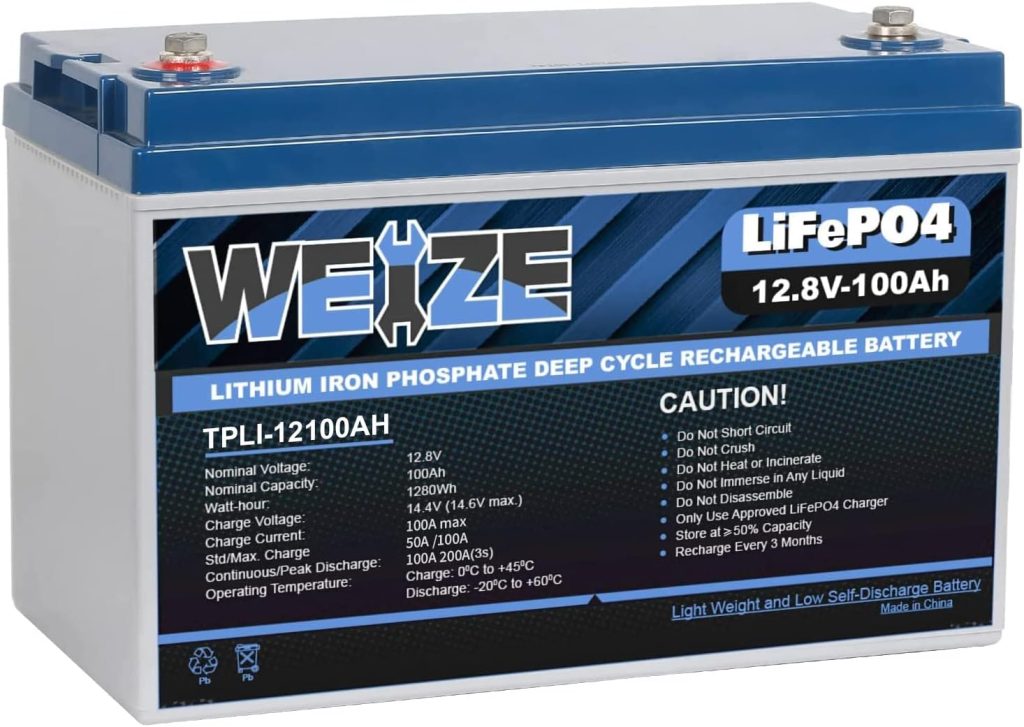
Advantages of Lithium Batteries for Trolling Motors
Lithium batteries have become increasingly popular in marine applications due to their superior performance compared to traditional lead-acid batteries. When it comes to trolling motors, lithium batteries offer several significant advantages that can enhance your fishing experience and extend the lifespan of your equipment.
Why Lithium Batteries Last Longer Than Lead-Acid Alternatives
One of the most notable advantages of lithium batteries is their longer lifespan. Unlike lead-acid batteries, which can suffer from sulfation and internal corrosion, lithium batteries are less prone to these issues. This means they can withstand more charging cycles without experiencing significant degradation in capacity or performance. Additionally, lithium batteries have a lower self-discharge rate, meaning they lose less charge over time when not in use. This helps to maintain their charge level and prolong their overall lifespan.
Lightweight Design and Its Role in Efficiency
Lithium batteries are significantly lighter than lead-acid batteries of the same capacity. This lightweight design offers several benefits for trolling motors. First, it reduces the overall weight of the boat, improving its handling and maneuverability. Second, it reduces the strain on the trolling motor, allowing it to operate more efficiently and consume less power. This can lead to extended battery life and improved performance.
Longer Lifespan: Charging Cycles and Durability
Lithium batteries are designed to withstand a much higher number of charging cycles compared to lead-acid batteries. This means they can be recharged more frequently without experiencing significant capacity loss. This is particularly important for trolling motors, which may require frequent charging during extended fishing trips. Additionally, lithium batteries are generally more durable and resistant to damage from shock, vibration, and extreme temperatures. This makes them a more reliable choice for marine applications.
Disadvantages of Lithium Batteries
While lithium batteries offer numerous advantages for trolling motors, they also have some drawbacks that should be considered.
Higher Initial Costs
One of the primary disadvantages of lithium batteries is their higher initial cost compared to lead-acid batteries. This is due to the advanced technology and materials used in their construction. However, the long-term cost savings associated with lithium batteries, such as reduced maintenance and replacement costs, can offset the higher upfront investment.
Specific Charging Requirements and Chargers
Lithium batteries have specific charging requirements that must be followed to ensure optimal performance and longevity. Using an incompatible charger or failing to follow proper charging procedures can damage the battery or reduce its capacity. Additionally, lithium batteries may require specialized charging equipment, such as a battery management system (BMS), which can add to the overall cost of the system.
Comparing Lithium Batteries to Other Types of Marine Batteries
When choosing a battery for your trolling motor, it is important to consider the various options available, including lithium, AGM (Absorbed Glass Mat), gel, and wet cell batteries. Each type has its own unique characteristics and advantages.
Lithium vs. AGM Batteries
- Capacity: Lithium batteries generally have a higher energy density, allowing them to store more energy in a smaller space compared to AGM batteries. This means a lithium battery can provide longer runtime for a given weight.
- Charging Time: Lithium batteries charge significantly faster than AGM batteries, allowing you to get back on the water sooner.
- Cycle Life: Lithium batteries typically have a longer cycle life, meaning they can withstand more charging and discharging cycles before their capacity begins to degrade.
- Maintenance: AGM batteries require less maintenance than wet cell batteries, but they may still require periodic equalization charging to maintain their performance. Lithium batteries are virtually maintenance-free.
Lithium vs. Gel Batteries
- Capacity: Gel batteries offer a similar energy density to AGM batteries, but they may have slightly lower capacity.
- Charging Time: Gel batteries charge slightly slower than AGM batteries but faster than wet cell batteries.
- Cycle Life: Gel batteries have a longer cycle life than wet cell batteries but shorter than lithium batteries.
- Maintenance: Gel batteries are sealed and require minimal maintenance. However, they may require periodic equalization charging.
Lithium vs. Wet Cell Batteries
- Capacity: Wet cell batteries have the highest energy density of the four types, but they are also the heaviest and most bulky.
- Charging Time: Wet cell batteries charge the slowest of all battery types.
- Cycle Life: Wet cell batteries have the shortest cycle life of the four types.
- Maintenance: Wet cell batteries require regular maintenance, including topping off electrolyte levels and equalization charging.
Lithium batteries offer several advantages over other types of marine batteries, including higher energy density, faster charging times, longer cycle life, and lower maintenance requirements. While they may have a higher initial cost, the long-term benefits can make them a worthwhile investment for trolling motor applications.
Calculating Running Time for Your Lithium Trolling Motor Battery
Understanding the Formula
To calculate the run-time of your lithium trolling motor battery, you can use a simple formula:
Run-Time (hours) = Battery Capacity (Ah) / Total Power Draw (A)
- Battery Capacity (Ah): This is the total amount of electrical charge the battery can store.
- Total Power Draw (A): This is the combined power consumption of your trolling motor and any other electrical components connected to the battery.
Accounting for Additional Electrical Demands
It’s crucial to remember that the formula only considers the power draw of the trolling motor. If you have other electrical components connected to the battery, such as lights or fish finders, you need to factor in their power consumption as well.
Example Calculation
Let’s assume your battery has a capacity of 100Ah, your trolling motor draws 20 amps, and you have a light that draws 5 amps and a fish finder that draws 2 amps.
- Total Power Draw: 20 amps + 5 amps + 2 amps = 27 amps
- Run-Time: 100Ah / 27 amps = 3.703 hours, or approximately 3 hours and 42 minutes
Key Considerations
- Efficiency: The efficiency of your trolling motor and other components can affect the actual run-time. A more efficient motor will draw less power, extending the battery life.
- Water Conditions: Rough waters or strong currents can increase the strain on the trolling motor, leading to higher power consumption and shorter run-time.
- Temperature: Extreme temperatures can impact battery performance and lifespan.
- Battery Health: The overall health of the battery can also influence its run-time. A battery that is nearing the end of its life may not perform as efficiently.
By understanding these factors and using the provided formula, you can get a good estimate of the run-time for your lithium trolling motor battery.
Field Tests and Customer Experiences
Field tests and customer experiences have provided valuable insights into the practical run-time of trolling motor lithium batteries. Many customers report being able to comfortably run their trolling motors and other accessories for a full day of fishing with 50Ah lithium battery models. With 100Ah models, customers have reported running their setups for two or more full days before needing to recharge.
However, it is important to keep in mind that actual run-time may vary depending on several factors:
- Temperature: Extreme temperatures, both hot and cold, can affect battery performance.
- Battery Chemistry: Different lithium battery chemistries (e.g., LFP, NMC) may have varying performance characteristics.
- Water Conditions: Rough waters or strong currents can increase the strain on the trolling motor, leading to higher power consumption.
- Individual Usage Patterns: The specific speed settings, thrust levels, and other usage patterns can impact battery life.
Adhering to Manufacturer Guidelines
To ensure optimal performance and longevity from your lithium battery, it is essential to follow the manufacturer’s guidelines for charging, maintenance, and storage. This includes using the appropriate charger, avoiding overcharging or deep discharges, and storing the battery in a cool, dry location when not in use.
Conclusion: how long will a 100ah lithium battery last on trolling motor
The question “how long will a 100Ah lithium battery last on a trolling motor” is a common one among anglers. The answer depends on various factors, including the motor’s power, water conditions, and the battery’s usage. While a 100Ah battery can provide significant runtime, understanding these factors and taking proper care of your battery is crucial for maximizing its lifespan.
By carefully considering the power draw of your trolling motor and other electrical components, you can estimate the battery’s expected run-time. Additionally, factors like water conditions, temperature, and battery maintenance practices can significantly impact battery performance.
To ensure optimal battery life, it is essential to:
- Choose a high-quality lithium battery that is compatible with your trolling motor.
- Use a suitable charger designed for lithium batteries.
- Avoid deep discharges and maintain a healthy charge level.
- Store the battery properly when not in use.
- Consider factors like water conditions, temperature, and usage patterns when planning your fishing trips.
By following these guidelines, you can maximize the lifespan of your 100Ah lithium battery and enjoy extended fishing sessions without worrying about running out of power. Remember, proper care and maintenance are key to getting the most out of your investment.

